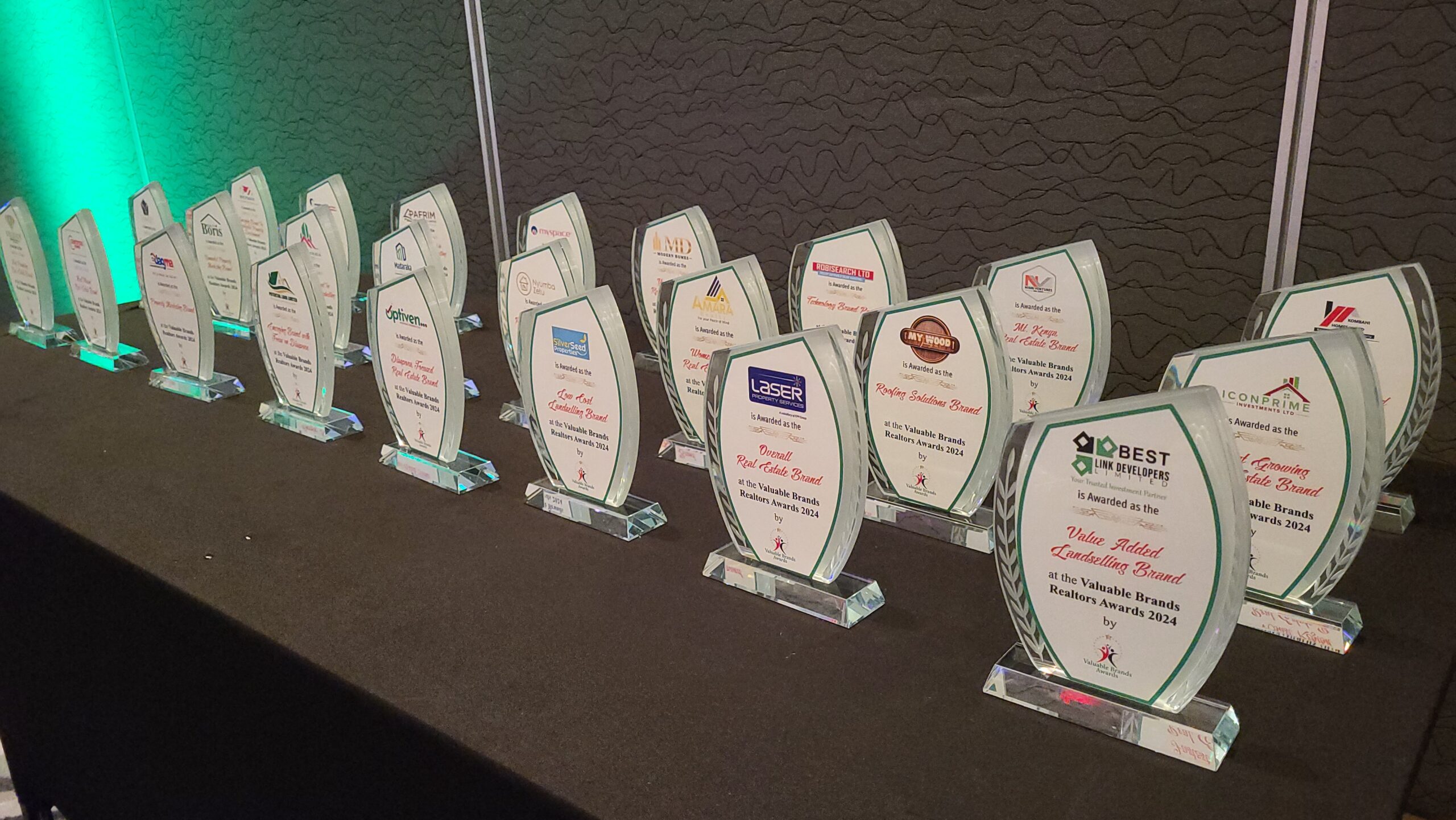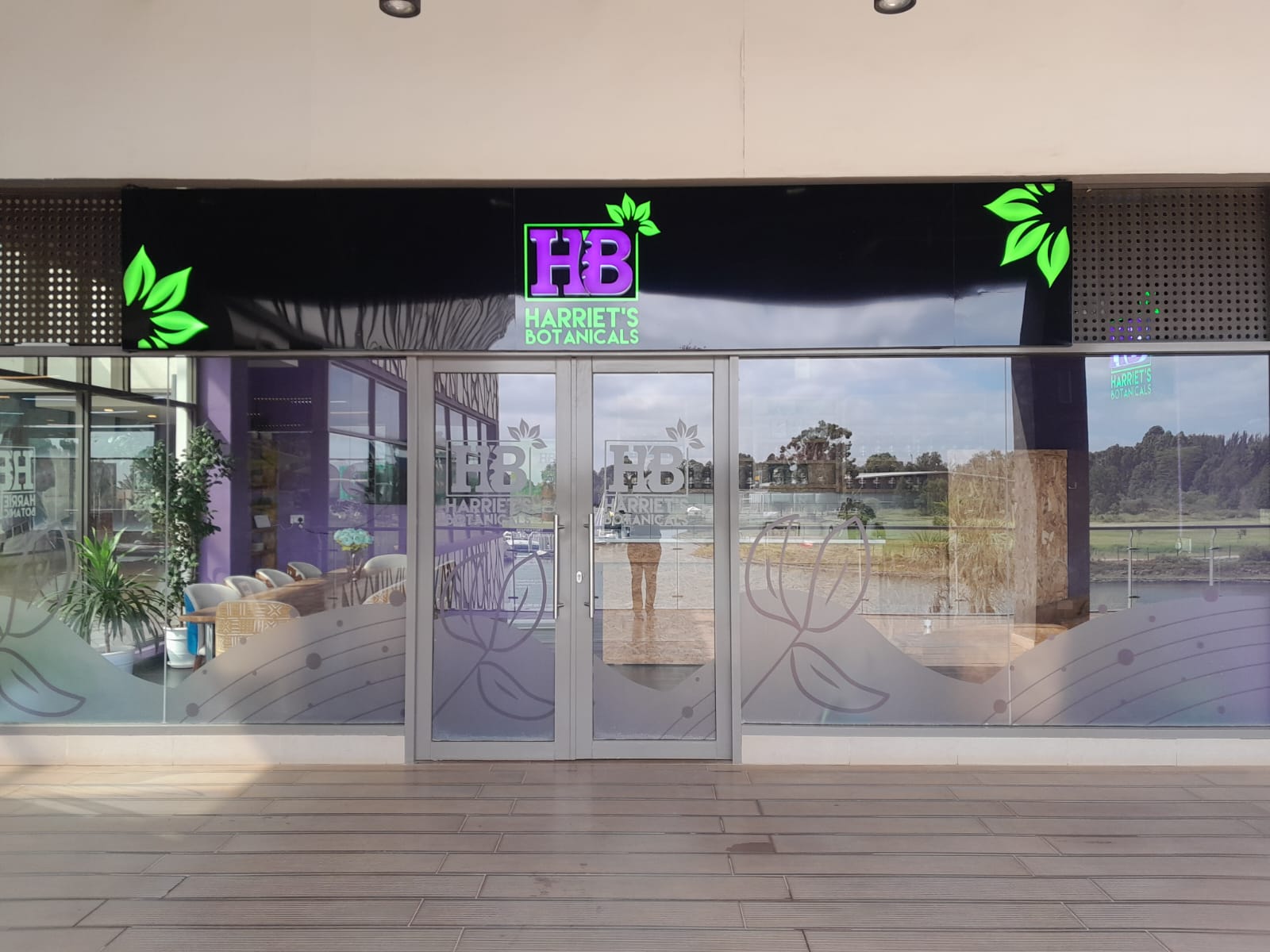Introduction
In Kenya’s competitive business landscape, your signage is more than just a name on a wall — it’s a brand statement. Whether you run a busy retail shop in Nairobi, a hotel in Mombasa, or a manufacturing plant in Thika, the decision between outdoor and indoor signage can significantly impact how customers perceive and engage with your business.
This article explores the differences, strengths, and strategic use cases for each, so you can choose the right fit for your brand.
1. Understanding Outdoor Signage
Outdoor signage is designed to attract and direct customers from a distance. It must be weather-resistant, bold, and instantly recognisable.
Examples in the Kenyan context:
-
Illuminated pylon signs along Mombasa Road.
-
Fabricated 3D letters for malls like Two Rivers.
-
Billboards along Waiyaki Way targeting high-traffic areas.
-
Wayfinding signs in public spaces like JKIA.
Key Characteristics:
-
High visibility in daylight and at night.
-
Built to withstand sun, rain, and wind.
-
Large-scale to stand out in busy environments.
Best For:
-
Businesses looking to draw in walk-in traffic.
-
Locations on highways, busy streets, or high-footfall areas.
-
Seasonal campaigns (e.g., promotions for holiday shopping).
2. Understanding Indoor Signage
Indoor signage focuses on enhancing the customer’s on-site experience and reinforcing brand identity once they’re inside.
Examples in the Kenyan context:
-
Directional signs inside malls like Sarit Centre.
-
Menu boards in Quickmart or Java House.
-
Branded reception signs for offices in Upper Hill.
-
Safety and compliance signage in factories.
Key Characteristics:
-
Designed for close-up viewing.
-
Prioritises aesthetics and detail.
-
Often incorporates wayfinding, branding, or informational messages.
Best For:
-
Guiding customer movement inside premises.
-
Creating a strong first impression at reception or service areas.
-
Highlighting promotions in-store.
3. Key Factors When Choosing Between Outdoor & Indoor Signage
When deciding between the two, consider:
-
Business Objective
-
Outdoor: Drive new customers and increase visibility.
-
Indoor: Improve navigation, branding, and upselling.
-
Budget
Outdoor signage can be costlier due to size and durability requirements.
Example: A high-quality 3D outdoor sign might cost Ksh. 250,000–Ksh. 600,000, while indoor reception signage could range from Ksh. 30,000–Ksh. 150,000.
-
Location
-
Maintenance
Outdoor signs need regular cleaning and weather protection. Indoor signs usually need less maintenance.
4. When to Combine Both for Maximum Impact
The most effective brands use a strategic combination:
Example:
A new restaurant in Westlands could use a bold LED-lit roadside sign to draw people in and well-placed indoor menu boards to upsell premium dishes.
5. Trends in Signage Selection in Kenya
-
Sustainable Materials: More brands are requesting eco-friendly options like recycled acrylic and bamboo finishes.
-
Digital Screens: Indoor LED screens for dynamic advertising in malls.
-
Illuminated Signage: Outdoor signs with energy-efficient LEDs that work even during cloudy days.
Conclusion
The choice between outdoor and indoor signage isn’t about picking one over the other — it’s about aligning each with your business goals. For many Kenyan businesses, the winning formula is a powerful outdoor sign to draw customers in, paired with thoughtfully designed indoor signage to guide, inform, and enhance their experience.
💡 Pro Tip for Business Owners:
If you’re unsure which signage solution to start with, carry out a signage audit of your premises. Walk through as a customer would — is your business easy to find from the street? Can visitors navigate easily inside? The answers will point you toward your priority.




Comments (2)
Shafiqul,
04 April, 2025Outstanding News & Insight! Thank you so much for sharing like this article
Shafiqul,
04 April, 2025However, here are some well-regarded car dealerships known for their customer service, inventory, and overall reputation. It\’s always a good idea to research and read reviews specific